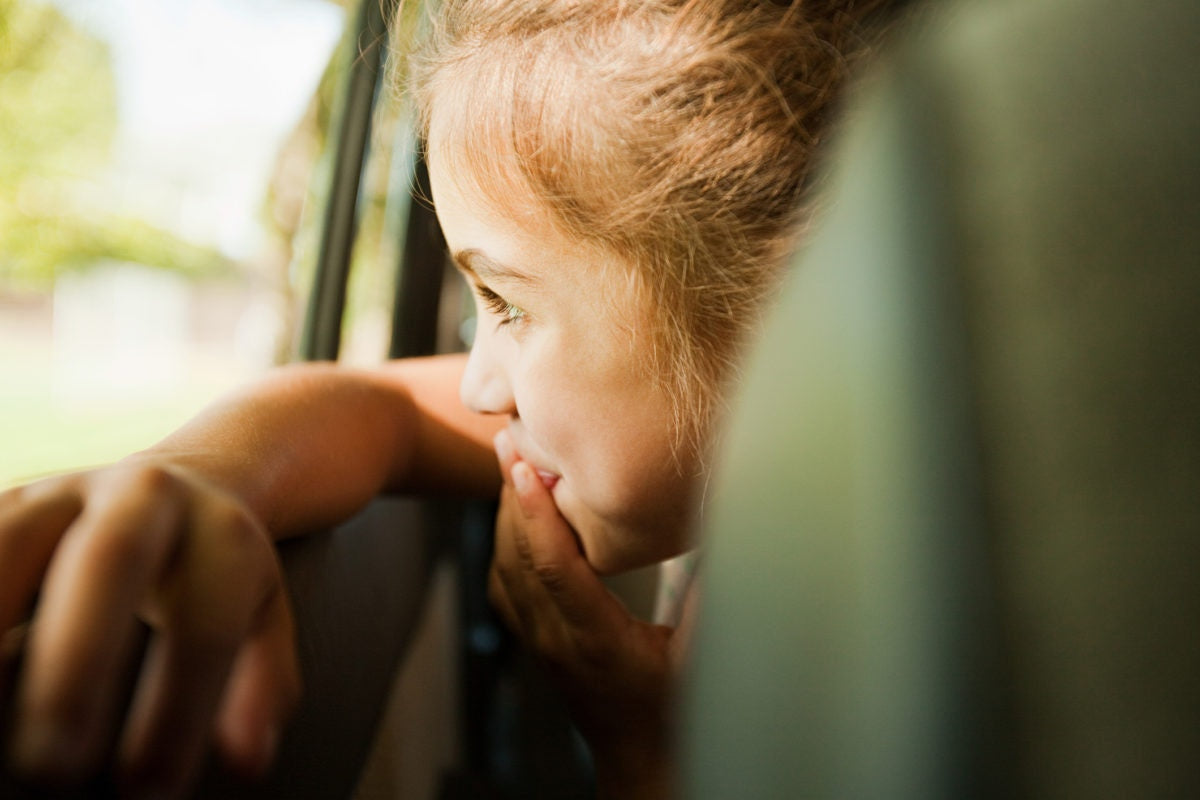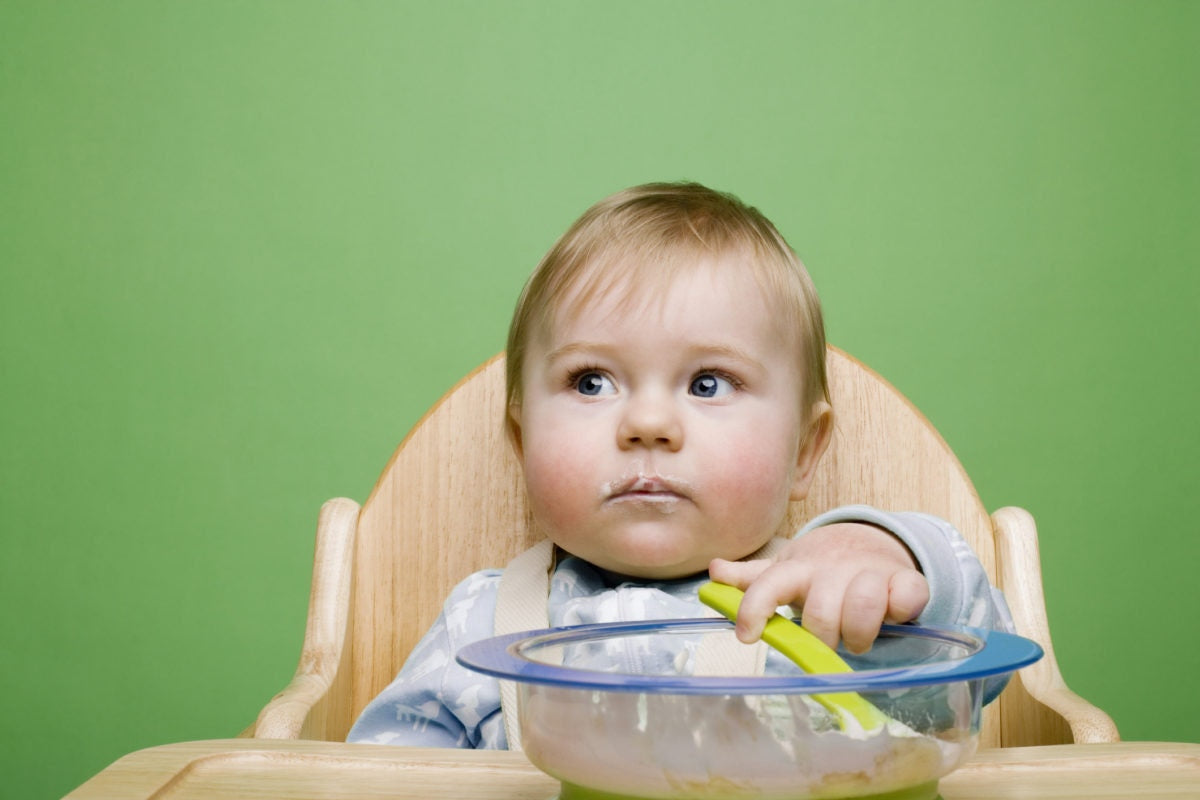I recently had the chance to watch one of those Dove-type “real beauty” videos which popped up on my social media feed. This one was called, “
Comfortable: 50 People 1 Question.” It was a beautiful and seemingly unrehearsed video that made me want to reach for a box of tissues. The “one question” posed was simple: If there was one thing you could change about your body, what would it be?
The 50 people the video’s title refers to included both adults and kids. Not surprisingly, the adults were quick to come up with responses. One woman responds laughingly, “Only one thing?” Others’ responses included: my skin, my height, my small eyes and so on.
The kids, on the other hand, take a long pause after being asked the question. They then respond with singularly innovative ideas. One little boy admits that he’d like a shark mouth to “eat a lot of stuff.” Another kid wants teleportation abilities. After some thought, one little girl says she’d like a mermaid’s tail, but then adds quickly, “I like my body, actually.”
The video is a great reminder for us adults to be comfortable in our own skin. But as heartwarming as the kids’ perspectives are, the video may not portray the entirety of the story.
Children and body image
According to a report on Common Sense Media, more than half of girls and one third of boys between the ages of six and eight feel like
their ideal body is thinner than their current body size. Shockingly, the report also finds that children as young as five express dissatisfaction with their own bodies.
Where is all this coming from? Is it the media? Is it their peers? Or is it time to look a little closer to home?
I know there are homes where the word “diet” is considered as unacceptable as some other four letter expletives. Unfortunately, mine isn’t one of them. I’ve sat down to dinner chugging down a smoothie while the rest of the family ate pasta with meat sauce. I’ve openly admitted that exercise and I don’t share a very amicable relationship. My family have seen me go from, “I’m off sweets” to licking spatulas of cake batter with a determination reserved for Olympians. My kids know to position themselves in front of mama for pictures – specifically, in front of her waistline.
Of course, I’m not going to take the blame exclusively. I mean, if only one of the Lego friends had love handles that spilled out of her elasticized jeans. Or, if a couple of the DC Super Hero Girls were short and carried some baby weight with panache. Nope, I'm not the only problem. It’s definitely a combination of factors – from traditional media to peers to social media – that affects the way our kids think. But there’s only one thing I have any control over: my own words and the culture in my home.
Setting an example
I know I’m setting an unhealthy example for my kids when I place undue emphasis on appearance. I’m telling them that I’m only good enough when I meet the world’s standards of what I should look like.
While moms tend to affirm their kids and tell them they're beautiful and strong, we tend to skip out on the pep talk for ourselves. In fact, we let the pendulum swing the opposite way and speak negatively, even harshly, about our own bodies.
But maybe it’s time to reconsider. A 2003 study found that five- to eight-year-old children’s perception of their mothers’ body dissatisfaction predicted their own body dissatisfaction.
Ouch.
In a CNN article, Laura Choate, a professor of counselor education at Louisiana State University, says, "Any time that we are criticizing ourselves, acting negatively or saying negative things about ourselves or engaging in dieting behaviors or other kinds of unhealthy eating behaviors, our daughters are watching this, and then
they internalize that message and feel badly about their own bodies in return."
This wasn’t just about me or my personal “weight loss journey,” as some in the biz like to call it. This was about the legacy I was leaving them – and how that would affect their self-image, their daily lives.
Because the harrowing fact, according to Common Sense Media, is that by the time they’re seven years old, one in four children has engaged in some kind of dieting behavior.
That, to me, sounds like a childhood under attack. That gives me enough incentive to clean up my act – and my words.
Healthy resolutions
We’re going to develop a healthy narrative about food in my house. I will stop demonizing or glorifying food.
“Fat” and “thin” - and all their euphemisms - will be shown the door.
When I meet other women, I will learn to compliment their abilities, not their appearance. “Oh, you’ve lost so much weight,” will no longer be part of my gushing opening dialogue.
I’ll focus on taking better care of myself, and that includes all of me – mind, body, and spirit.
I need to model to my kids that mama loves the way she is. Even when she may not fit into the world’s mold of “perfect.”
I want to show them that if I was asked what I’d like to change about my body, I could confidently reply: Absolutely nothing.



